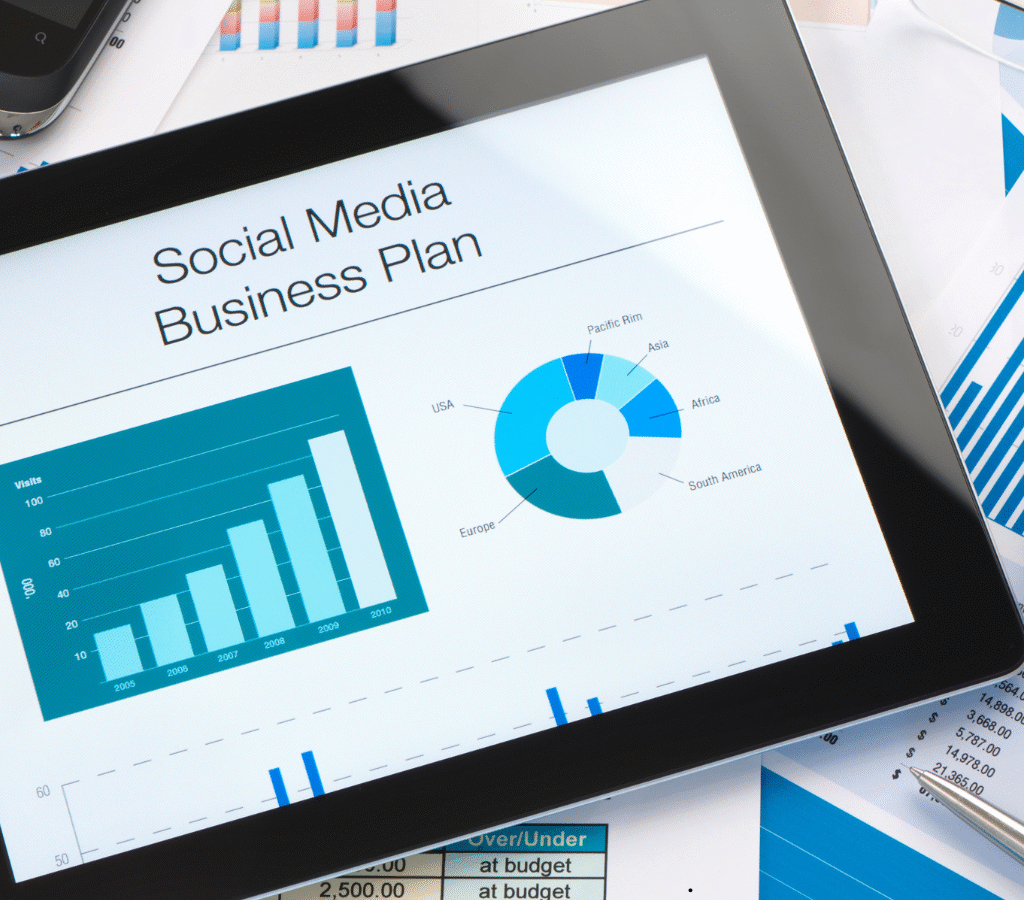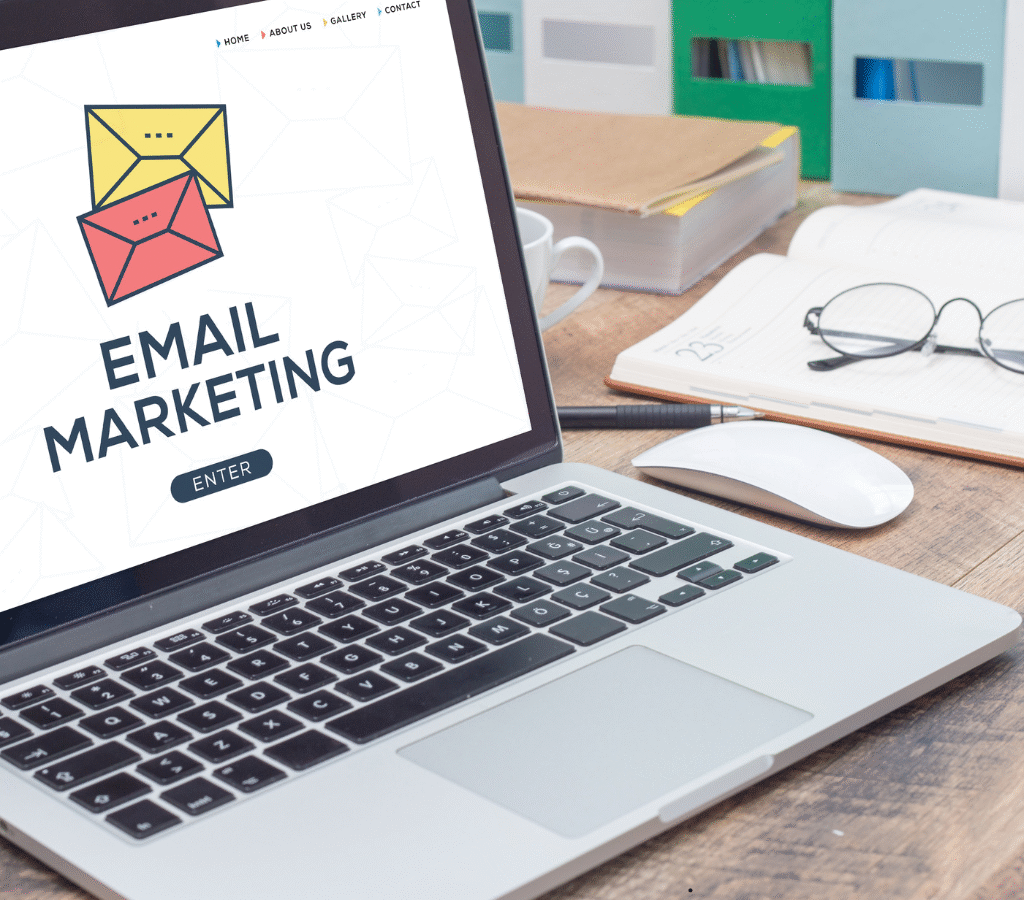In the rapidly evolving digital landscape of 2025, businesses are faced with a critical question: where should they invest their marketing efforts to achieve the highest conversions? Two of the most powerful tools in any marketer’s arsenal are email marketing and social media. While both offer unique advantages, they serve different purposes, reach different audiences, and generate different types of engagement.
At Chasegeek Digital, we’ve worked with numerous brands to strategically use both mediums for optimum impact. But when it comes down to conversions – the real metric that drives ROI – which one wins in 2025?
Let’s break it down.
1. Understanding Conversions: What Are We Measuring?
Before we dive into the comparison, it’s important to define what we mean by “conversions.”
Conversions can include:
- Purchases or product sales
- Newsletter signups
- Form submissions
- App downloads
- Webinar registrations
- Click-throughs to landing pages
In other words, a conversion is any action you want your audience to take. The goal of any marketing channel should be to move people from awareness to action.
2. Email Marketing in 2025: Personalization and Direct Reach
Email marketing has long been a staple for digital marketers. In 2025, it’s smarter, more personalized, and driven by AI-powered automation. Here’s why email marketing continues to be a top converter:
Pros:
- Direct Access: Emails go straight to a user’s inbox, which increases the chances of being seen.
- Hyper-personalization: Modern platforms like Mailchimp, Klaviyo, and HubSpot allow marketers to send highly tailored content.
- Automation: Automated drip campaigns nurture leads based on behavior, ensuring timely engagement.
- Higher CTRs: According to industry data, email marketing still boasts a higher click-through rate compared to social posts.
- ROI: Email marketing delivers an average ROI of $42 for every $1 spent.
Cons:
- Deliverability Issues: Spam filters and promotion tabs can affect visibility.
- List Maintenance: Requires constant cleaning and updating.
- Opt-in Dependency: You can only reach users who have subscribed.
3. Social Media in 2025: Engagement, Visibility, and Virality
Social media platforms have exploded in complexity and influence. With the emergence of new platforms, algorithms, and content formats, businesses have to be savvier than ever.
Pros:
- Massive Reach: Billions of users scroll through platforms like Instagram, LinkedIn, TikTok, and X (formerly Twitter).
- Brand Awareness: Perfect for storytelling, user-generated content, and humanizing a brand.
- Real-Time Engagement: Comments, likes, shares, and DMs create community and trust.
- Paid Advertising: Advanced targeting options allow brands to retarget specific user groups.
- Visual Appeal: Reels, Stories, and short videos help convey messages creatively.
Cons:
- Algorithm Dependence: Organic reach is often limited unless posts go viral or are boosted.
- Shorter Attention Span: Content must be snappy and engaging in the first few seconds.
- Lower CTRs: Click-through rates tend to be lower compared to emails.
4. Conversion Rate Comparison: Email vs. Social Media
Email Marketing:
- Average open rate: 20-25%
- Average click-through rate: 2.5-3%
- Conversion rate: 6-10% (depending on industry)
Social Media:
- Average engagement rate: 1-2%
- Average click-through rate: 0.5-1.5%
- Conversion rate: 1-2%
From these numbers, it’s clear that email marketing generally drives higher conversions.

5. User Intent and Buyer Journey
Email users are often further along the buyer journey. They’ve opted in, expressed interest, and are more open to offers. Social media users, on the other hand, are often in the awareness or consideration stage.
So, while social media builds familiarity, email marketing drives decisions.
6. Which Works Best for What?
| Goal | Best Platform |
|---|---|
| Brand Awareness | Social Media |
| Lead Nurturing | Email Marketing |
| Customer Retention | Email Marketing |
| Community Building | Social Media |
| Flash Sales & Offers | Email Marketing |
| Storytelling | Social Media |
7. The Power of Integration
The smartest brands in 2025 don’t choose one over the other – they integrate both.
- Use social media to grow your email list.
- Run ads promoting free resources that require email sign-up.
- Share your email content highlights on social platforms.
- Retarget email users on social for increased recall.
At Chasegeek Digital, we recommend an omnichannel approach. Combining the intimacy of email with the reach of social media ensures you stay connected with your audience at every stage.

8. Real-World Example: Chase Geek Client Campaign
A retail brand we partnered with used a hybrid strategy:
- Social Media: Ran an Instagram giveaway to build awareness.
- Email: Collected emails from participants for future campaigns.
- Result: 25% boost in email list and a 12% sales conversion through a follow-up email offer.
This blend of outreach and nurturing maximized both visibility and conversions.
9. Future Trends to Watch
- AI-Generated Email Content: Personalized subject lines and product recommendations.
- Social Commerce: Buying directly on platforms like Instagram Shop and TikTok.
- Privacy Changes: Email open tracking becoming less reliable; engagement-based metrics rising.
- Creator Collaborations: Social influencers driving email sign-ups through gated content.
Conclusion
While email marketing leads the pack in conversion efficiency, social media plays a critical role in creating brand visibility and trust. Instead of picking sides, leverage the strengths of both to build a sustainable and high-converting marketing funnel.
If you’re ready to amplify your brand in 2025, Chasegeek Digital can help you create powerful campaigns that balance email precision with social charisma. Contact us today to get started.
To know more, Click here.
FAQs
Q1. Can I focus only on email marketing and skip social media?
A: You can, but it limits brand visibility. Social media is essential for awareness and lead generation.
Q2. Is social media better for B2C and email better for B2B?
A: Generally, yes. However, B2B brands also find success on LinkedIn, and B2C brands can build loyalty via email.
Q3. What email tools are best in 2025?
A: Popular tools include Mailchimp, Klaviyo, ConvertKit, and HubSpot for automation and segmentation.
Q4. How often should I send marketing emails?
A: 1-3 times a week is a good frequency. Avoid spamming, and focus on value.
Q5. Can Chasegeek Digital manage both email and social media for my brand?
A: Absolutely. We specialize in integrated marketing strategies tailored for your audience and goals.

Leave a Comment